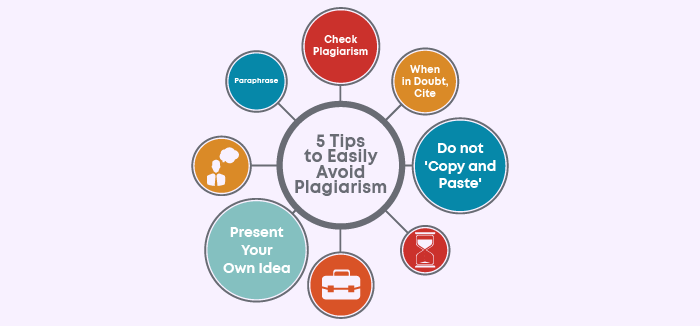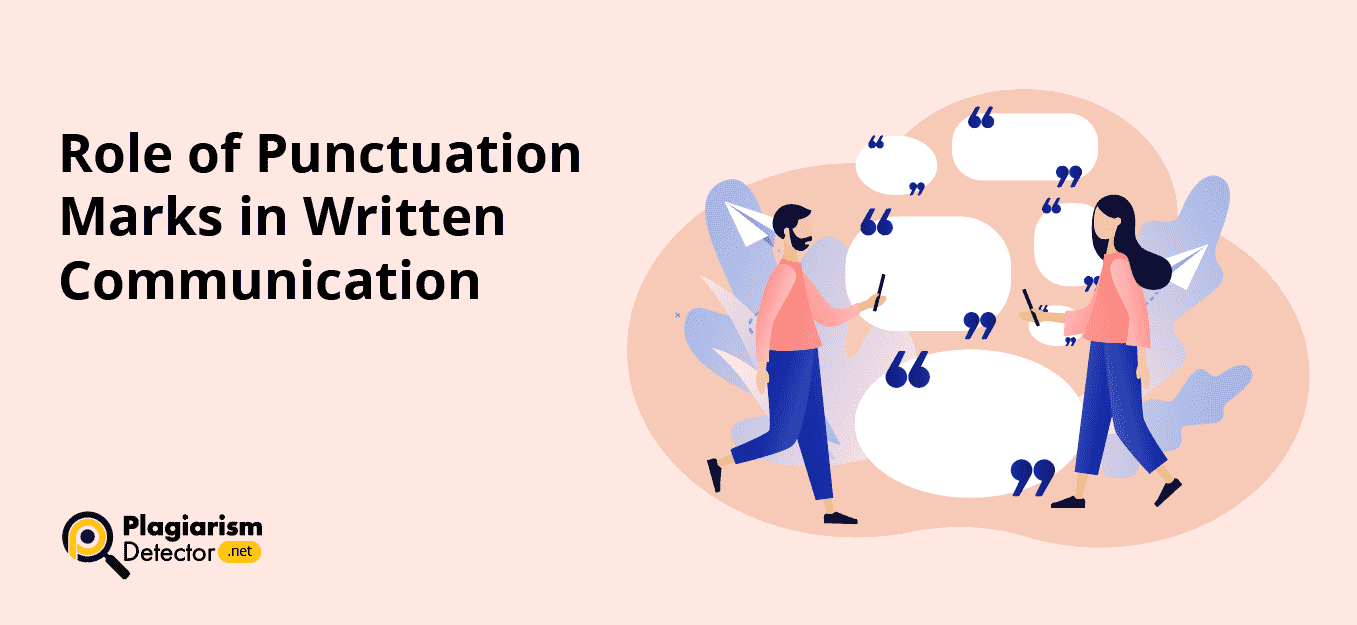5 Tips to Easily Avoid Plagiarism

Plagiarism is one of the most discussed topics in the present day. You will easily find hundreds of blogs, articles, and speeches on this topic online. This unethical activity has damaged the ethical norms of content creation. Many students, even knowing the consequences of plagiarism, from mere caution to expulsion from college, prefer submitting duplicated essays. Many misconceptions regarding plagiarism mainly lead students to commit this crime. Therefore, it becomes essential to address such misconceptions about plagiarism in detail.
In this blog post, we will discuss how plagiarism occurs and why we must avoid it. Also, the blog post will suggest a few helpful ways to prevent plagiarism effectively. So, if you want to learn about plagiarism and looking for ways to avoid it, this blog post is mainly for you. So, read this article till the end to learn about plagiarism adequately.
What is Plagiarism?
Plagiarism means “stealing the information, thoughts, ideas, and words of others and using them in own work.”
It was duplicating another’s work and presenting it as your creation is unethical, including instances when anyone intentionally uses it without citing the source. Of course, this isn’t confined to intentional cases, as there are possibilities that someone commits this act unintentionally. But, it is essential to learn here that plagiarism in any form, whether deliberate or accidental, is a crime that can cause severe circumstances for plagiarists.
Why Should You Avoid Plagiarism?
Plagiarism is an unethical issue. Copycats duplicate the work of others with the hope that they won’t get caught and easily benefit from the theft. Indeed, there are possibilities that you get an A grade in a paper or trade, expecting monetary compensation for plagiarized content. But, when you see it in a broader picture, you can easily find out that this will destroy your career in the future.
The availability of advanced duplication finder tools turns plagiarism-finding into a simple executable task. Once the charges of duplication are proven, the plagiarist may have to bear intolerable consequences like embarrassment in front of colleagues, destruction of the reputation, losing clients, and failure from subjects. Therefore, it becomes essential for every writer and student make sure that their work is plagiarism free to avoid any complications.
5 Tips to Easily Avoid Plagiarism
Here are the five most straightforward ways to avoid plagiarism in your written work and craft fresh, unique, and appealing content.
Do not ‘Copy and Paste.’
Most students usually copy from various sources and paste them into their work directly with few modifications. However, this strategy cannot save them from the charges of plagiarism. The best practice to counter this issue is note-taking. It is suggested that students should take proper notes while researching the topics. Making concise notes will indicate that the writer has understood the intended message adequately. This practice will help writers avoid plagiarism and curate high-quality, fresh, and unique content.
Present Your Idea
Many writers often need to correct the mistake of parroting others’ ideas and words instead of sharing their thoughts. Writers must trust their skills and share views regarding any topic. If you are writing on an assigned topic, your opinion about the issue and what unique idea you can contribute to your writing—referring to other sources’ thoughts or words to prove your point still requires proper standards to follow to avoid duplication charges.
Moreover, there are instances where writers duplicate their words published in previous articles. It is called Self Plagiarism, which can lead you to face penalties for plagiarism. Using your own words is as severe as copying other work. You need to cite yourself if you want to use the idea or phrase published in the previous article to avoid any unwanted situation. Additionally, you can use text summarizer to summarize content copied by others and give it a plagiarism-free and new look.
Paraphrase
Paraphrasing is a famous practice that people follow to avoid plagiarism. However, there is a misconception about paraphrasing that it’s all about changing the synonyms of a phrase. But in reality, paraphrasing is a technique in which you rewrite an already published text using your own unique words while ensuring the actual meaning of the content remains unchanged.
Another essential thing about paraphrasing is that you must cite the source or website of the content you rephrase, as paraphrasing without acknowledgement still counts as plagiarism. But how? Well, plagiarism primarily relies on the idea communicated in the content instead of focusing on the structure and style of a text. Therefore, students who want to avoid plagiarism must ensure the other author’s idea isn’t copied.
Changing the voice of the tone from active to passive or using synonyms cannot save you from the risk of plagiarism. Instead, it would be best if you made efforts to restructure the entire content to protect yourself from being penalized. Or you can also try an advanced online paraphrasing tool to automate the rephrasing process. The facility will paraphrase the entered text automatically and give you a fresh and unique piece of the exact text within a fraction of a second that you can submit to your supervisor or publish without any fear of plagiarism.
When in Doubt, Cite
Whether you are a student, researcher, or professional writer, you must get familiar with appropriate citations. Citing the source from where you get the idea about the topic is essential to avoid plagiarism. For example, in research papers, you might have seen an entire section of references, including all the sources from where the researchers take information regarding the research topic. The same goes for content writing; you should credit the original author or source of the information in your report. It will help you prevent charges for duplicating others’ work and depict your professionalism.
Research is a critical part of writing. We all need to find information related to a topic that is new to us. So, citing all the websites, books, research papers, journals, or blogs you take information is essential. There is also no such thing as over-citing, so we advise you to cite the sources as much as possible. Every time you incorporate words, phrases, concepts or ideas that are not your own, you must reward them for countering plagiarism penalties.
Check Plagiarism
The assistance of technology can be of great use to avoid plagiarism. We are fortunate to be a part of this digital world where we all have easy access to unlimited resources to help us handle crucial tasks. Similarly, there are accessible online facilities available that allow us to detect instances of plagiarism before posting or sharing it. Using these utilities helps us ensure that all our work is free of plagiarism and ready to submit.
The working of an online plagiarism checker is also simple and easy. It scans the entire content and compares it with a massive database of web pages, journals, blogs, research papers, and articles. If any similarity is found in the text, the tool highlights it. Analyzing the results generated by a plagiarism checker will help you eliminate instances of duplication and create a unique article.
Final Words
In the last analysis, plagiarism is dangerous for fame, reputation, and credibility. All your efforts to prove yourself as a reliable source will go into dust once you are charged with plagiarism. Therefore, it is a must for every writer to ensure their content is free of any plagiarism to avoid any such embarrassment. The information shared above would have helped you know the severity of this unethical act. Similarly, the suggestions we shared above will also serve you in eliminating the chances of plagiarism and crafting fresh and appealing content.



